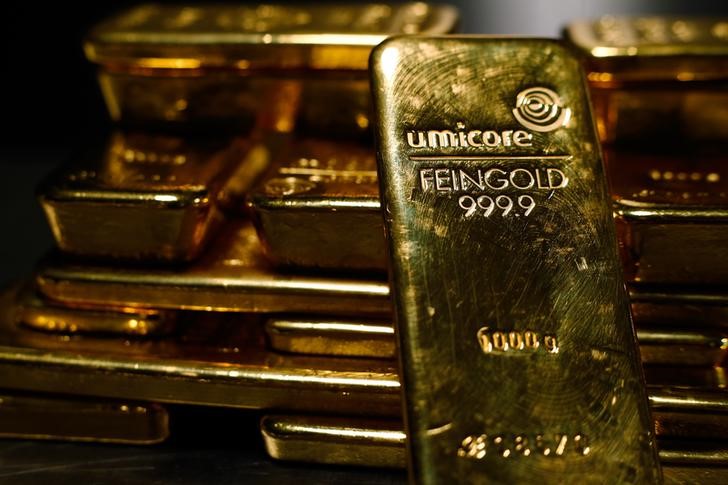Proactive Investors - What actually is a good gold price these days?
Should gold bulls really be getting twitchy if gold edges back towards US$1,850 or even US$1,800 per ounce?
After all, look at the environment we’re now In.
Interest rates have moved significantly higher after a prolonged period of historic lows. With interest rates at near zero, the benefits of cash over gold were moot.
Now, though, cash can pay upwards of 6%. That beats zero-yield gold by a country mile. Yet, there has been no big sell off in gold. Not this year, not last year - not even really last month, although the price has dropped away enough since September that some commentators are talking about short-covering as being as much behind the recent support that’s come in as new jitters about global tensions.
Ultimately, though, the bull case for gold remains as strong as ever.
After all, if high interest rates several orders of magnitude higher than they were two years ago can’t even push gold down below US$1,850, what can?
Or, to put it another way – people continue to want a serious and tangible alternative to the US dollar, and they don’t mind paying for it.
Because although interest rates may be up, so too is money supply.
President Joe Biden’s multi-trillion dollar Inflation Reduction Act – strangely titled – has put so much new money into the system that raising rates to make that money seem more valuable can only have so much effect.
Investors know that it’s smoke and mirrors. The more money there is, the less it’s worth, no matter what yield the Federal Reserve fixes.
And so gold retains its attraction.
But there’s gold as an economic hedge, and there’s gold as the ultimate hedge.
As yet, the market isn’t pricing in Armageddon. Nerves about Hamas’s crazy actions will send the price up a little. And every time President Putin talks a good nuclear game, end-times investors will be twitching towards the buy bullion button.
But we’re not there yet.
Everyone knows the economic system is being mismanaged. And that ultimately no-one has any idea how to run it better. In times of crisis, print money. That’s been the maxim for the past twenty years or so, and it will be until inflation tips from disconcerting and alarming into full-blown crisis. We’ve had a mild taste of Nixon-era inflation in the past year or so. But we’ve had it nothing like Weimar or Zimbabwe-style. Until we do, the strength in gold will be steady, as the headlines say, rather than spectacular.
If things go on as they are, though, one day that spectacular day will come.
Even then, though, it’s still a tricky calculation. Is it really likely that there’ll be an apocalypse that’s so bad that the global financial system will be ruined, but not so bad that people will still want to trade gold?
Anyone who claims to have a model for this that’s actually meaningful is lying.
But what can you do?
It’s beyond doubt that where investors twenty or thirty years ago wouldn’t have thought twice about hedging against the end of the world with gold, now they do. That dynamic keeps gold above US$1,850, even with interest rates running higher, and it’s likely to send gold powering through the US$2,000 mark, and irreversibly so, when rates start coming down.
In the meantime, there’s a growing realisation that well-publicised wars go a good way towards distracting multiple populaces from the lack of understanding that policymakers really have about global economics and systems. Wars create narratives, which in turn allow for a degree of understanding that’s hard to attain in the near-infinite flow of data in which we are now submerged.
The irony is that there’s so much data, no one can actually sift through it and work out what’s going on. But buyers of gold know this – and it’s another reason why gold continues to hold firm above US$1,850.
